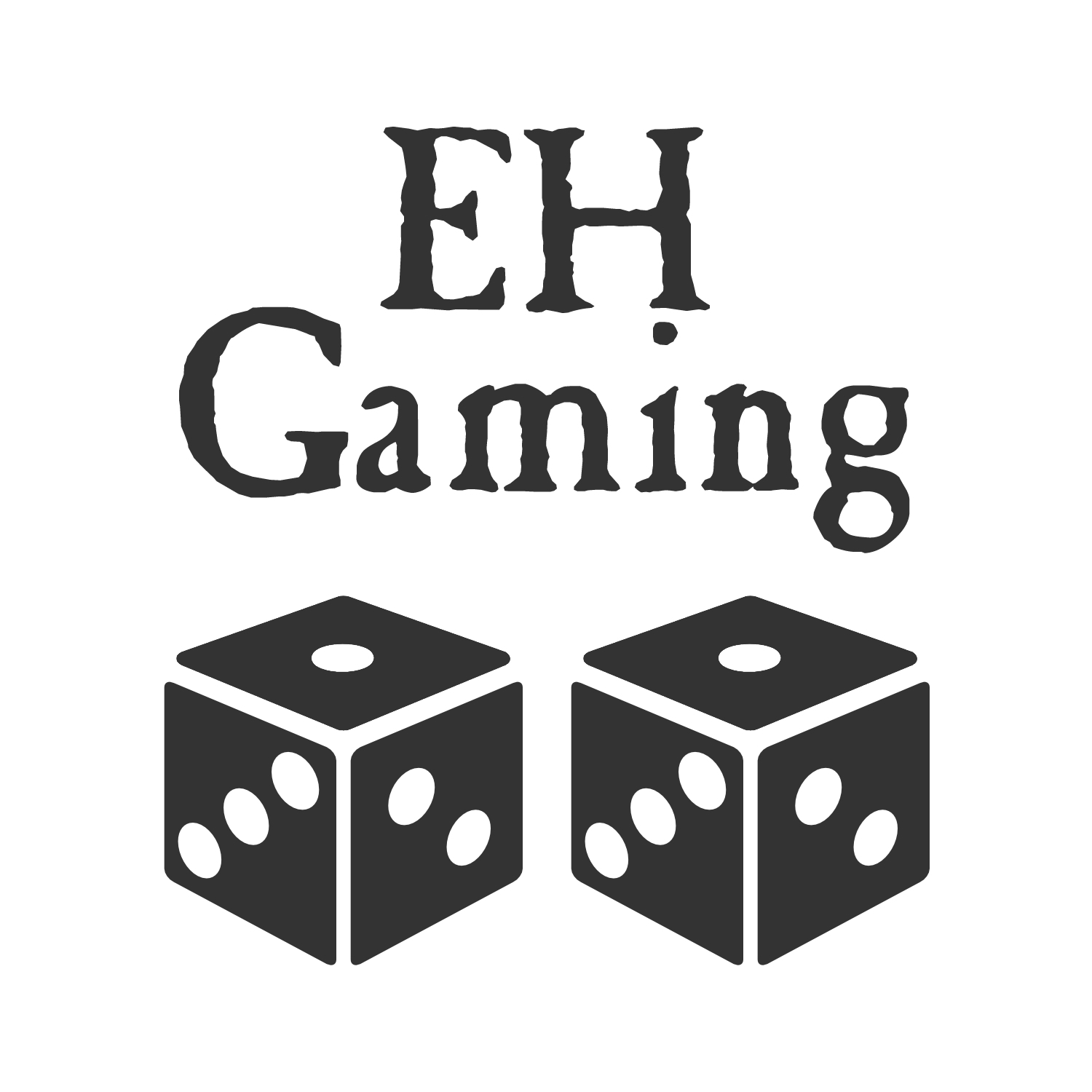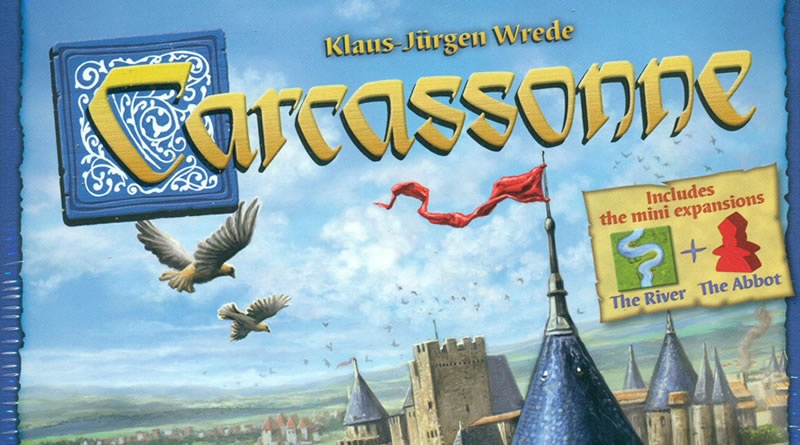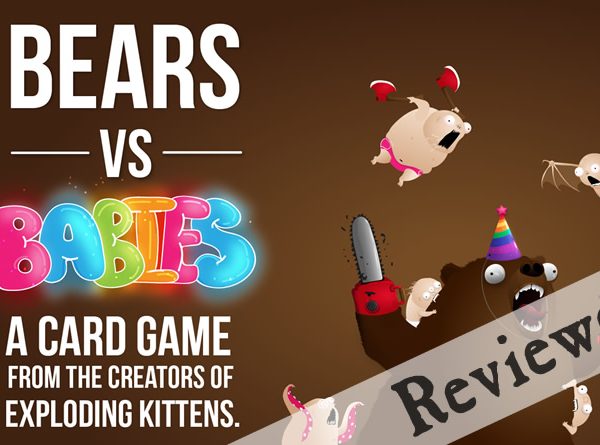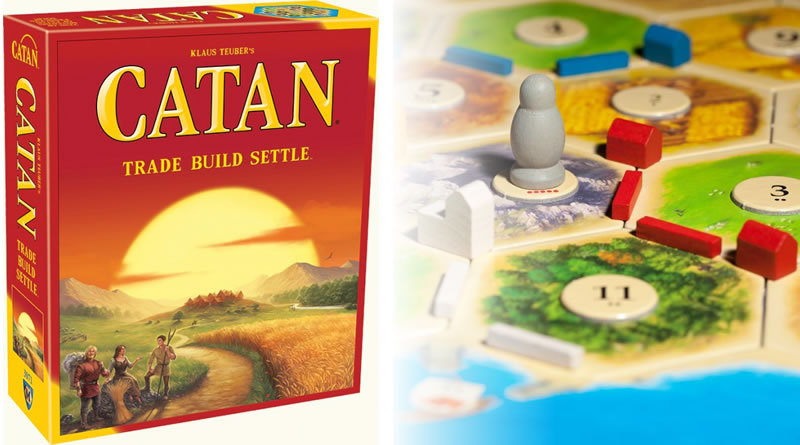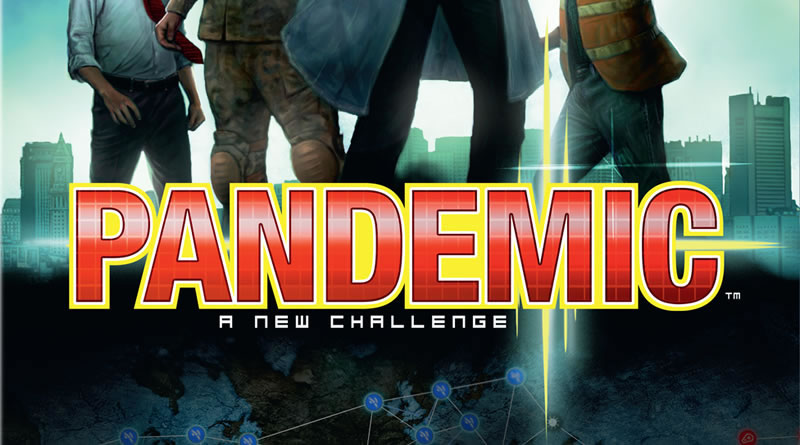
There are a good number of games now that have been around for a few years and have achieved almost instant classic status. Games that have bridged the gap for so many people between the mass-produced board games such as Monopoly and the exciting world of ‘indie’ games. They are ‘gateway drug’ board games, such as Carcassonne, Ticket To Ride and Catan. Snuggled amongst those is Pandemic.
Pandemic is a ‘co-operative’ game, which means that the players work together against the game rather than competing against each other.
First published in 2007, the Pandemic board game managed to successfully introduce a co-operative gameplay experience that was exciting to play and could actually be finished in a sensible time period that was akin to most other familiar board games (again, Monopoly etc).
The current version available in stores is the 2nd edition of Pandemic, which remains very loyal to the 1st edition by only updating the artwork and introducing a couple of new characters to play with.
What’s in the box?
- Game Board – essentially a map of the world with major cities marked on it
- 7 Role Cards & Pawns – Cards for the characters you play with and their playing pieces
- 6 Research Station markers
- Game Play Tokens
- 96 Disease Cubes
- 48 Infection Cards
- 59 Player Cards
- Reference Cards & Rulebook
Basic Game Overview
You and your teammates join together to play as members of a disease-fighting team who have to travel the globe fighting outbreaks of four deadly diseases in a bid to discover cures and save the world from yucky biological end times.
The game board shows all the cities that are likely to be ‘attacked’ by the diseases. Initially all is peaceful in the world, but during the setup phase before you start to play you will use the freshly shuffled Infection Cards to randomly determine where the diseases have started. This will generate different levels of disease outbreak in 9 cities around the world which are indicated by the placement of Disease Cubes on the map. Suddenly things start to look ominous!
Each player is dealt a Role Card and this determines the character they will play during the game. Everyone begins the game in Atlanta at the Centre For Disease Control, which is your first Research Station on the board.
The Pandemic board game is a very challenging game and there are plenty of ways to lose. The level of difficulty can be managed though during the set-up phase of the game. There are 6 Epidemic Cards included in the Player Card deck and using all 6 in the game is described by the Rulebook as the ‘Heroic’ level of gameplay, which basically means it is very, very hard to win. New players are urged to use only 4 Epidemic Cards in their first game(s) which is the Introductory Level (which is still hard to beat!). Using 5 cards is classed as ‘Standard’ play.
There are plenty of ways to lose Pandemic and only one way to win…and that is to discover cures for all four diseases.
What’s it like to play?
At first, Pandemic is deceptively easy. Although at the start of the game there are 9 cities that need relatively urgent attention you can start to put out the fires confidently if you are playing with 3 or 4 players. It is a little more frantic with only 2 players, but nothing that will phase you initially.
There are eight different actions to choose from, and four actions can be made by each player in a game turn such as ‘Build A Research Station’ or ‘Treat Disease’. Some of the actions involve travel. For example you can ‘Drive/Ferry’ which allows you to travel to a city connected to the city you are in by a white line on the Game Board. This is the easiest form of movement. To travel further afield requires you to start discarding City Cards so there is a cost as you need 5 City Cards in your hand all of the same colour to be able to cure a disease. Early on this may not seem like an issue, but having to do it when you have 4 same coloured City Cards in your hand later on is painful, but sometimes you have to make sacrifices to get your character to the latest emergency situation.
And yes, there are plenty of fresh emergencies that crop up. Remember those Epidemic Cards I mentioned earlier?
The reveal of an Epidemic Card takes the game you are playing to a new level of excitement and disaster.
In normal game-play you do turn over new Infection Cards at the end of your turn. At the start of the game the rate of infection is set at 2, which means that you reveal two new Infection Cards from the deck and place just one Disease Cube on each city. Not too scary, but the Epidemic Card can potentially increase the Infection Rate which can kick you hard later in the game. An Epidemic Card also instructs you to take the bottom card from the Infection Card deck and place 3 Disease Cubes on that city. You also have to shuffle the city cards that already have Disease Cubes on them and place them back on top of the Infection Cards pile. This means that at the end of this current player turns (and future player turns) you will be placing Disease Cubes on cities that already have Disease Cubes on them…and that can lead to an Outbreak!!!
Cities can only have a maximum of 3 Disease Cubes on that at any time. If you reveal an Infection Card that means you have to take a city over that maximum then you trigger an Outbreak and this is where the game can start to get out of control and run away from you.
An Outbreak sees you having to place a Disease Cube on any city that is connected to the one where the Outbreak has happened. In some cities, such as Buenos Aries or Osaka this only affects two other cities. But others such as Paris, Instanbul or Karachi can see five more cities getting infected.
Outbreaks can also have a chain reaction effect. If an Outbreak in one city connects to another city that already has 3 Disease Cubes on it then a new Outbreak begins there and so on. Outbreaks are scary and always cause problems, but later on in the game you can see multiple chain reactions which might feel like winning the game is now out of reach!
All of this makes the game very exciting to play and you have to pull together as a team to have any chance of winning. The pace of the game can really pick up when there are lots of affected cities and it is easy to get swept along and start making moves quickly and sometimes without any discussion with your team mates. The key to Pandemic is having the ability to take a pause for breath and chat the state of play through and develop strategies for containing the diseases. Remember, it’s a co-operative game. This takes some getting used to, especially if you or other players have never played a game like this before.
There are plenty of ways to lose Pandemic so you have to keep sight of the only way to win…curing diseases.
Diseases are cured by a player discarding 5 City Cards of the same colour as the disease at a Research Station. This is never a solo play, so you need to work together. Player A might have 4 red cards, and Player B have 1. Getting both players to that 1 city at the same time means that Player B can use the ‘Share Knowledge’ action and give the card to Player A (NB: You have to be in the actual city to share a City Card). Player C might also be focussed on building a Research Station nearby so that Player A can get to it quickly next turn and cure the disease. Trying to do all of those functions as an individual would involve too much travel and too many actions, so teamwork is key.
Planning and reacting are one and the same in the Pandemic board game. If there are at least 3 players then it is good to have someone thinking about what just happened, another about what is happening and a third player planning for the future. Everyone needs to be discussing the game though and everyone needs to be keeping an eye out all across the map. You can sometimes get so focussed on curing a disease because you are so close and you miss the fact that a different coloured disease has just gone out of control on the other side of the world during the last 2 or 3 turns.
In that situation do you stick with the cure disease plan or hoof across the globe to try and contain matters before outbreaks…erm…outbreak?
It may all sound as if the odds are stacked against you? Well, they are. This is a difficult game to win. There are a couple of game mechanics that can help ease the pressure now and again. There are 5 Event Cards in the deck of Player Cards and if you draw one then you can play them at an opportune moment in the game. For example, if someone has the ‘Government Grant’ card then this can be played at any time during the game and allows you to add a Research Station to any city, whether the City Card is being held or not. If you have a player with enough cards to cure a disease but nowhere near a Research Station then you can play this card and instantly add one to the city that player is currently in. The ‘One Quiet Night’ card allows you to skip the Infect Cities step at the end of the next turn which means there will be no new infections for one go. That may not sound like much but if it gives you some space to remove some more disease cubes then you might successfully avoid more Outbreaks for a little while.
The other help you get is via the Role Cards. Each player’s character has some special skills that can be used through the game and again these are deployed best when the team is talking to each other and discussing each turn. The Medic character can remove all the Disease Cubes of one colour from a city when performing the Treat Disease action, instead of just one. The Dispatcher (my favourite role) can move another player’s pawn during his turn. He can also move any pawn to a city with another pawn already in it. So, if Player A is the Dispatcher, and Players B and C need to be together to share some knowledge then Player A can move one of them to the same city as the other. The Researcher only needs 4 coloured City Cards to cure a disease instead of 5, and so on. There are 7 characters in total and these are dealt randomly at the start of the game. Players need to always be aware of each other skills and this should be part of the strategy discussions.
Not using the character’s abilities properly can seriously hamper your chances of beating the game!
Who would like it?
The Pandemic board game would appeal pretty much to anyone who likes playing games. I have thought about this a lot but I cannot conceive of anyone who would have a bad time with this game unless they have to be dragged kicking and screaming to the dining table to play anything.
I think the advised age of 8+ is about right as younger children might struggle to fully understand what is happening. Our youngest player is aged 9 currently and she managed to grasp it within a couple of plays and it is actually a really good family game as it is nice to work together instead of a competitive game that can sometimes end in arguments or sulking!
The social side of the game makes it great for groups of adults to play also and it makes a perfect after-dinner game, especially as it can be played within an hour.
It will also make a brilliant gift for just about anyone you know who likes games and hasn’t played it before.
I am being quite blasé about the fact that this would appeal to anyone. That in itself is a major, major plus for Pandemic and all credit to Matt Leacock who designed the game. Creating a universally enjoyable board game this deep and intense and fun takes real skill and dedication and shouldn’t be taken for granted as not all games are anywhere near this good.
Summary
Pandemic is brilliant. It’s a Top 5 game among the EH Gaming team and has never let any of us down when we have introduced new players to it or bought copies as gifts. We worked out that we have played Pandemic with over 45 different people between us and not one person has disliked it and we have enjoyed every game we have ever played.
Is it the perfect game? Well, no, that doesn’t exist, but this is about as close as you can get to that in our opinion.
Matt Leacock, we salute you!
Our Verdict

11 out of 12…BOOM!!
Publisher: Z-Man Games
Designer: Matt Leacock
No. of Players: 2 to 4
Recommended Age: 8+
Time To Play: Around 1 hour
